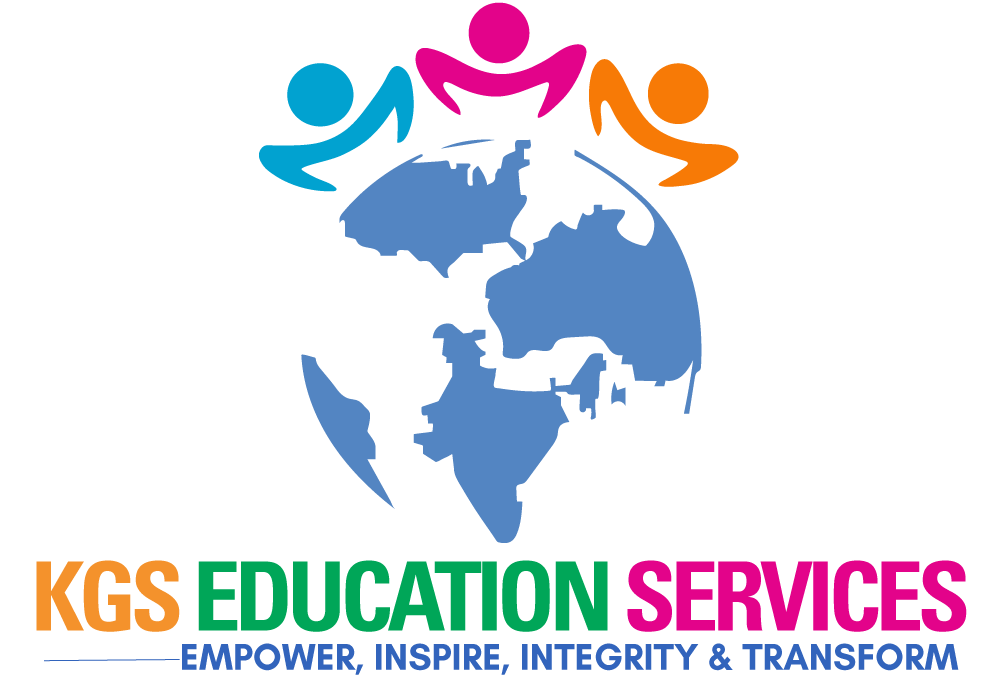Introduction:
The E-Rate program has been instrumental in providing schools and libraries with access to vital telecommunications and internet services, enhancing educational opportunities for students across the United States. However, navigating the E-Rate application process can pose significant challenges for educational institutions seeking funding. In this article, we will explore some common challenges encountered during the E-Rate application process and provide strategies for addressing them effectively.

Complex Eligibility Requirements:
- One of the primary challenges in the E-Rate application process is understanding and meeting eligibility requirements. Educational institutions must ensure they meet the eligibility criteria set forth by the Federal Communications Commission (FCC) and the Universal Service Administrative Company (USAC). This includes being a public or nonprofit institution, complying with state and local laws, and demonstrating the need for E-Rate support.
Strategy: To address this challenge, schools and libraries should thoroughly review eligibility requirements and seek guidance from E-Rate consultants or experts if needed. Conducting a comprehensive eligibility assessment and gathering necessary documentation can help ensure compliance with eligibility criteria.
Competitive Bidding Process:
- Another common challenge is conducting a competitive bidding process to select service providers for eligible products and services. E-Rate applicants are required to solicit bids from multiple providers to obtain the most cost-effective solutions. However, navigating the competitive bidding process and evaluating bids can be daunting for educational institutions.
Strategy: Schools and libraries should develop clear procurement procedures and guidelines to streamline the competitive bidding process. This includes defining evaluation criteria, soliciting bids from a diverse pool of service providers, and documenting the evaluation process. Seeking assistance from procurement professionals or E-Rate consultants can also help ensure compliance with competitive bidding requirements.
Documentation and Recordkeeping:
- Maintaining accurate and comprehensive documentation is essential throughout the E-Rate application process. Educational institutions must retain records related to eligibility verification, competitive bidding, procurement, contracts, invoices, and service delivery for audit purposes. However, inadequate recordkeeping practices can lead to compliance issues and audit findings.
Strategy: To overcome this challenge, schools and libraries should establish robust documentation and recordkeeping procedures. This includes creating standardized document templates, organizing files systematically, and implementing digital document management systems. Regularly reviewing and updating documentation practices can help ensure compliance and facilitate the audit process.
Timeliness and Deadlines:
- Meeting application deadlines and adhering to timelines is crucial for E-Rate applicants to secure funding in a timely manner. However, educational institutions may struggle to gather necessary information, complete application forms, and submit required documentation within the specified deadlines.
Strategy: Schools and libraries should develop detailed timelines and project plans to manage the E-Rate application process effectively. This includes identifying key milestones, assigning responsibilities to staff members, and setting internal deadlines for completing tasks. Utilizing project management tools and software can help track progress and ensure timely submission of applications.
Conclusion:
While the E-Rate program offers valuable support for schools and libraries, navigating the application process can present challenges for educational institutions. By understanding common challenges and implementing strategies to address them, schools and libraries can enhance their chances of securing E-Rate funding and accessing essential telecommunications and internet services. Through careful planning, clear communication, and proactive management, educational institutions can overcome obstacles and maximize the benefits of the E-Rate program for their students and communities.



